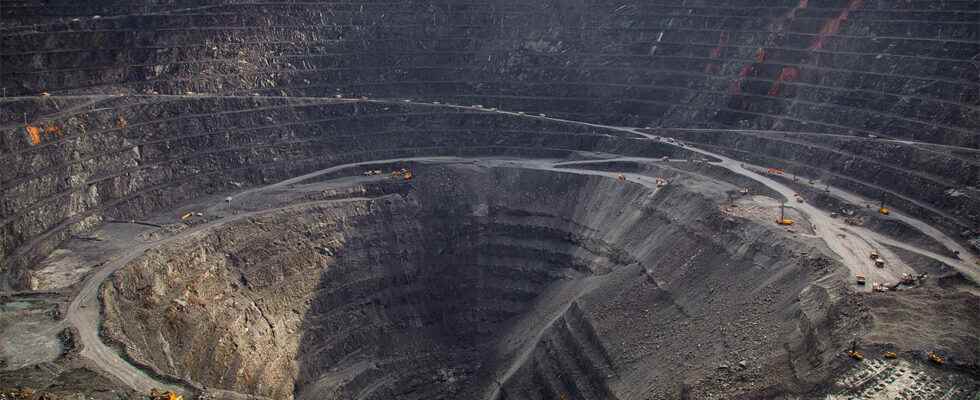Since the existence of the world and the development of humanity, gold has always been valuable until today. There are more than one mine in the world, among which there are precious metals, and the type of metal that takes its place among these precious metals is gold. In today’s article, we will share with you how gold is formed and what it contains.
As we know, gold is a very valuable type of metal, and it has never lost its value since the existence of humanity. After all, something rare is valuable. Today, most people aim to save by investing in gold. Gold is a pure element with atomic number 79 in chemistry. Let’s come to the subject of our article, how is gold formed?
How Is Gold Formed?
In the core of the world we live in, there is a very hot and fluid layer called magma. There are many different components in the structure of this fluid one, one of which is gold. As a result of the pressure and explosions experienced in the magma layer from time to time, gold comes closer to the earth, even visibly. And let’s also mention that the process of gold formation takes centuries.
Where Is Gold Found?
There is gold in every part of the world we live in, but in some places it is tons, in other places it is only grams. This is entirely at the discretion of nature. But gold experts make it easy to find gold by evaluating the soil structure, surrounding vegetation and many other things.
Experts state that gold is common in areas with black sand soil types containing many minerals and among quartz rocks.
Top Gold Producing Countries in the World
- China – 399 Tons
- Australia – 312 Tons
- Russia – 281 Tons
- United States – 253 Tons
- Canada – 193 Tons
- Indonesia -190 Tons
- South Africa – 123 Tons
- Mexico – 121 Tons
- Ghana – 101 Tons
- Uzbekistan – 83 Tons
- Brazil – 82 Tons
- Papua New Guinea – 70 Tons
- Kazakhstan – 69 Tons
- Democratic Republic of the Congo – 64 Tons
- Argentina – 63 Tons
- Mali – 57 Tons
- Burkina Faso – 55 Tons
- Colombia – 51 Tons
- Philippines – 46 Tons
Best Gold Detectors
